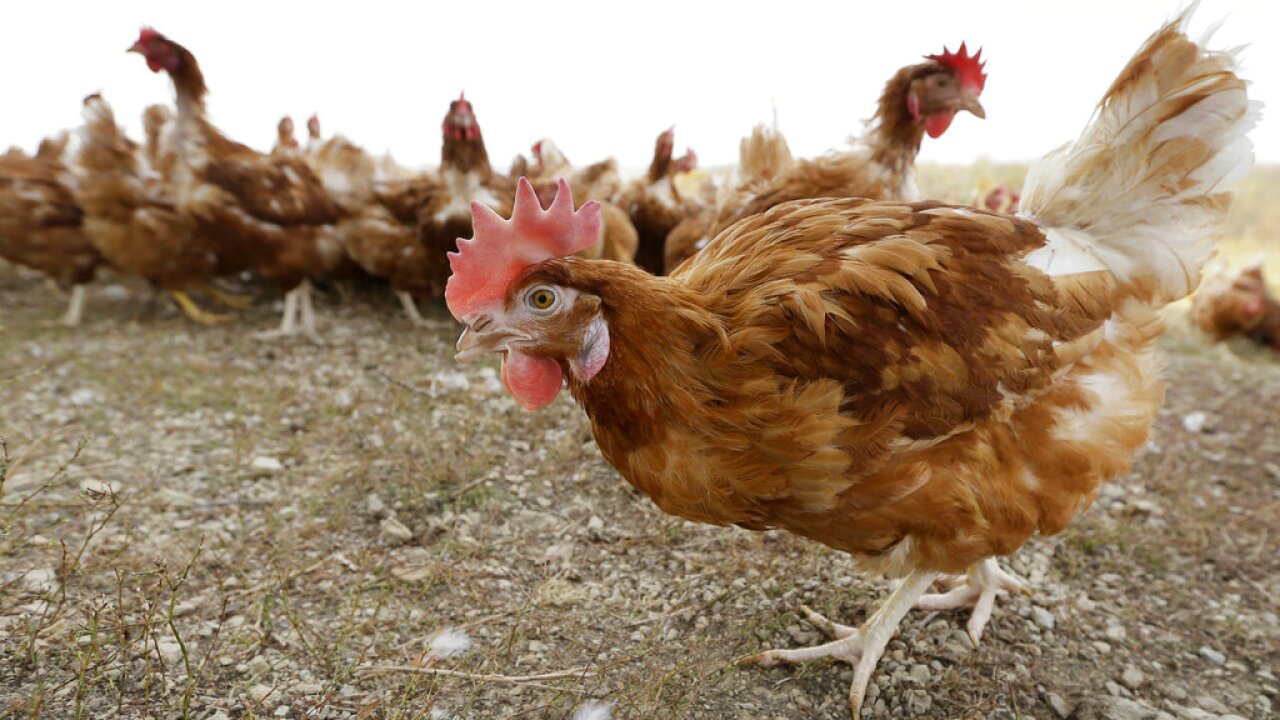GREAT FALLS — The Montana Department of Livestock said in a news that on Tuesday, April 19, it received confirmation of Highly Pathogenic Avian Influenza (HPAI) in a Glacier County flock. This is the fourth Montana flock confirmed infected and is part of a wave of HPAI infections across the country that is linked to seasonal migrations of wild birds.
The Glacier County premises reported a large number of bird mortalities in recent days. Samples from the flock were submitted to the Montana Veterinary Diagnostic Laboratory (MVDL) and tested positive for the presence of avian influenza.
Previous detections in domestic poultry in Montana this year were in Judith Basin, Cascade, and Toole Counties.
“HPAI continues to be a risk for any domestic poultry,” stated Dr. Marty Zaluski, Montana State Veterinarian. “We expect more infections in Montana this season unless domestic birds are kept indoors, or separated from wild birds and waterfowl.”
Infected flocks are placed under quarantine and are required to depopulate all remaining birds on the premises to prevent further disease spread. Flock owners are eligible to receive indemnity on birds from the United States Department of Agriculture (USDA). Depopulation of the flock is expected to begin this week.
Avian influenza is an infectious viral disease of birds that can cause high mortality rates in domestic flocks. Migratory waterfowl are the primary source for avian influenza (AI). Wild birds can be infected and appear healthy but shed virus in the feces, saliva, and respiratory secretions. Domestic poultry become infected through direct contact with infected wild birds, or through contact with contaminated objects, equipment, or the environment.
The Montana Department of Livestock is conducting an epidemiological investigation and will be identifying other poultry producers in the area to conduct disease surveillance and to provide educational resources. Because of the location of the affected premises, the Department is coordinating with Blackfeet Tribal Officials on outreach and canvassing.
The Department encourages poultry producers to implement the following biosecurity measures to protect flocks:
- Prevent contact between wild or migratory birds and domestic poultry, including access by wild birds to feed and water sources.
- House birds indoors to the extent possible to limit exposure to wild or migratory birds.
- Limit visitor access to areas where birds are housed.
- Use dedicated clothing and protective footwear when caring for domestic poultry.
- Immediately isolate sick animals and contact your veterinarian or MDOL.
Sick birds can exhibit numerous signs such as swollen eyes, discolored comb and legs, significant drop in egg production or water and feed consumption, or sudden death. MDOL encourages all poultry producers to immediately report sudden onset of illness or high death loss in domestic poultry to their veterinarian or the department at (444-2976). If you find sick or dead wild birds that have died from unknown causes, please contact your local FWP Warden, Biologist or Regional office, or call the FWP wildlife veterinarian (577-7880).
The Center for Disease Control (CDC) considers the risk to people from these HPAI infections in wild birds, backyard flocks and commercial poultry, to be low. No human infections with the virus have been detected at this time. Existing safeguards to keep food safe and wholesome are sufficient to protect people, and the food supply in the United States is one of the safest in the world. As a reminder, the US Department of Agriculture recommends cooking poultry to 165 degrees Fahrenheit.
TRENDING ARTICLES
- Great Falls man charged with fourth DUI
- Casting call for “Yellowstone" TV show
- Voters: marijuana stores in Great Falls?
- 2 people dead in fire at Bridger casino
- Suspect charged for Great Falls fire


